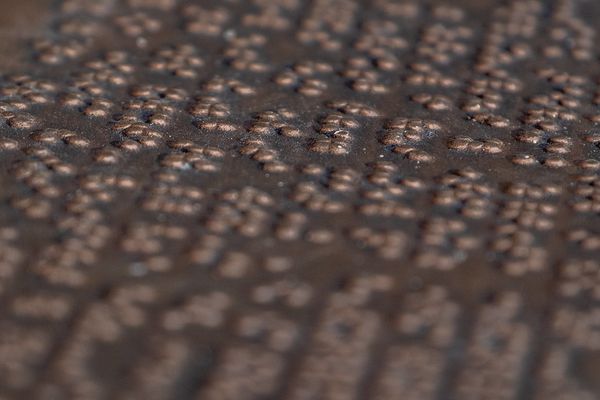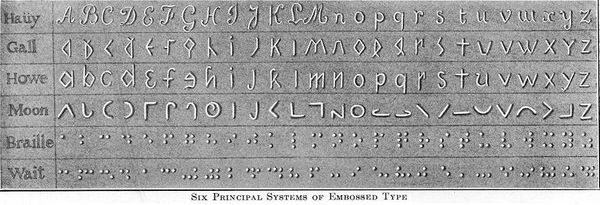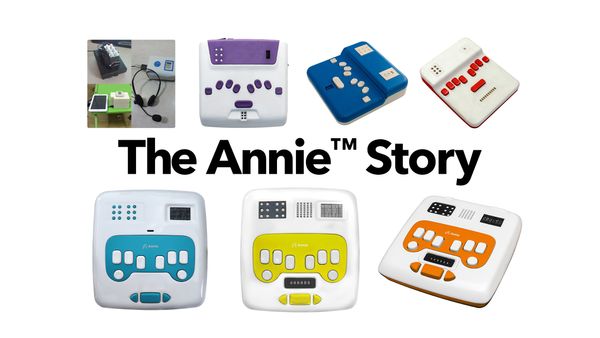How Braille Teachers can Take Advantage of Educational Technology
Technology is constantly changing how we live our lives. For several years now, these changes have come in several ways to education too. But the question that remains is how teachers can make the most of tech to find new and exciting ways to excite and challenge their students, while nurturing the core strengths of a classroom. It’s a balance that aims to familiarize students with the technology that they might go on to use, grounded in the fundamentals of a comprehensive education.
Education for visually impaired children shouldn’t - and needn’t - be any different. These children’s teachers are passionate and committed individuals, sensitive to their needs and keen to help them shape fulfilling lives. Braille in particular though, takes a great deal of patience and individual attention to ensure students are well-versed in the script. This is where educational technology, or EdTech, can play a vital role in rethinking the role of the teacher and how their pedagogies can cater to their students.
EdTech as the Student’s Companion
There’s something unique about the human touch - after all, it’s what helps people read Braille! But this doesn’t mean that educational technology displaces teachers - in fact, the idea is to complement what teachers do in the classroom. EdTech innovations can take up the mechanical work that’s involved in guiding students to read, write, and type, as well as provide feedback on the accuracy of responses - they complement the teacher.

Annie,Thinkerbell Labs’ innovation in Braille self-learning, aims to be a student’s guide, companion, and friend. The device has everything a student needs to learn the basics of reading, writing, and typing in Braille in English and several other Indian languages. At the same time, this means that the teacher doesn’t need to handhold each student individually through the minute aspects of Braille - all the teaching modules are built into Annie in an easy-to-use form. With the dearth of qualified teachers for visually impaired children, this can significantly reduce the burden on the teachers who are in schools.
Learning in the Annie Smart Class, the classroom environment in which we set up Annies for several students, encourages children to direct their own learning, pacing and selecting the lessons they want to learn. This allows teachers to focus on broad questions that students might come up with in the course of their learning, and also attend to many more students than they could in a regular classroom. As several teachers who we’ve worked with have noted, teaching Braille has never been easier.
With the right EdTech tools then, teachers can preserve the classroom environment, while also looking at ways to enhance it. EdTech can help teachers explore creative ways of learning with their students, work with them on critical thinking and reasoning, rather than spend extended periods of time trying to teach them the basics of Braille. That is the strength of a technological innovation like Annie.

Bettering Student Performance
While EdTech can help teachers step back from micromanaging students, it can also help them tunnel into each student’s learning process without having to interrupt them in class. The digital platforms that often come with EdTech tools can be designed to accurately understand how students are learning - what they’re doing well in, where they need help, and if necessary, teachers can intervene.
It’s especially hard to frequently verify each student’s answers in Braille. The texts that students write in can get cumbersome to handle, and it’s hard to directly provide any feedback or corrections on the text itself. With intuitive and comprehensive feedback that directly addresses students’ gaps in understanding and errors, these difficulties are easily overcome by EdTech tools. The ideal, then, is to shift from managing each student’s work to managing the classroom as a whole. The role of the teacher becomes that of a thoughtful guide, rather than an inflexible instructor and supervisor.
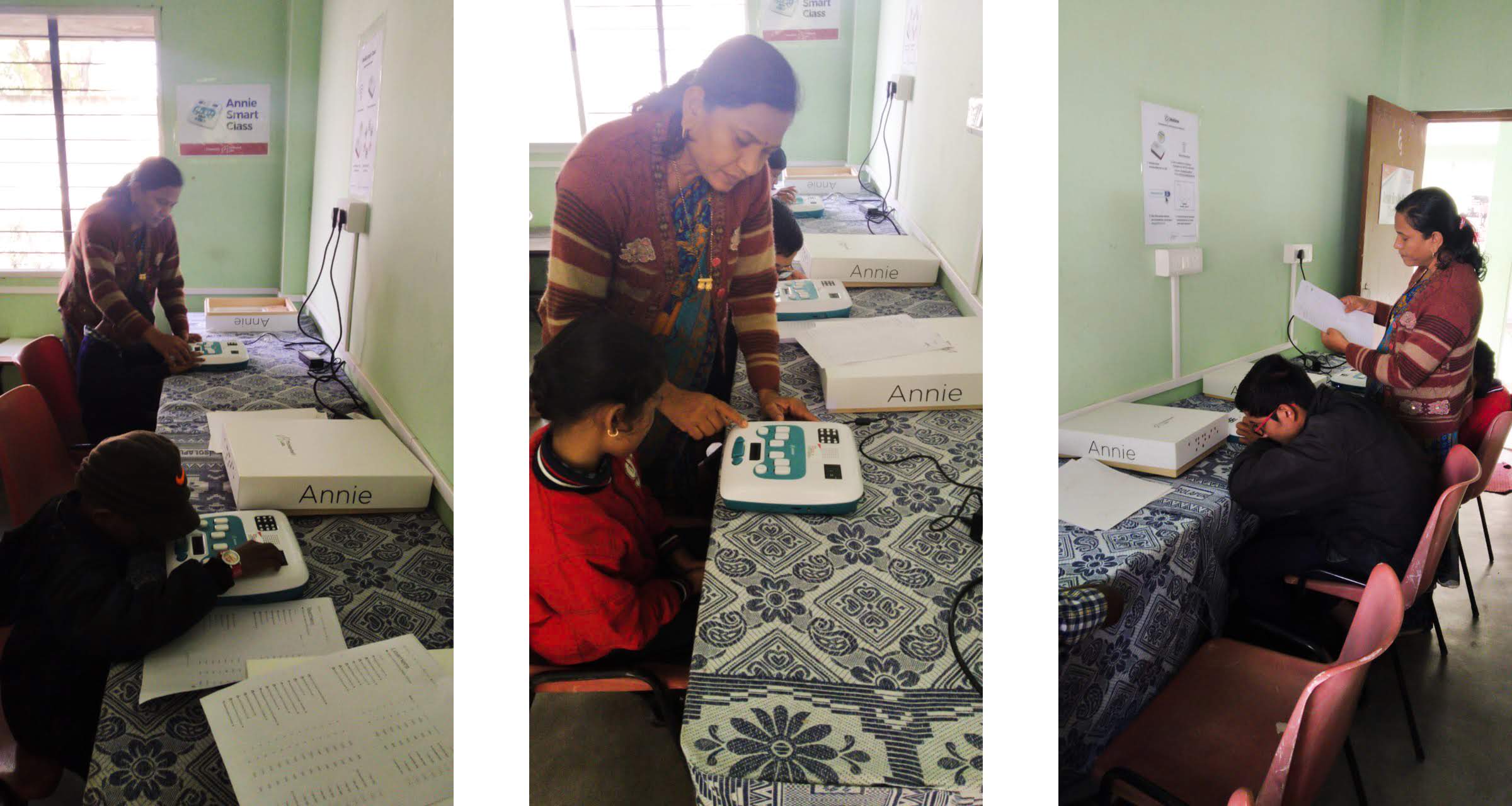
With Helios, the performance management suite that works in the Annie ecosystem, the teacher can take on this evolved role with a breadth and clarity that simple classroom supervision cannot offer. Helios allows the teacher to check each student’s performance from a single view, updated frequently as students learn with their Annies. Each student’s profile offers a look at the learner’s progress with Annie’s materials at a granular level, word by word, lesson by lesson. It also allows teachers to check how accurately and quickly their learners are able to read, write, and type in Braille.
With this powerful overview, everything teachers need to understand their classrooms available with a quick look at the Helios interface. By seeing how far along in their journey towards Braille literacy their students are, teachers have the ability to plan lessons according to their students’ capabilities and learning needs. With the information they have on how their students learn, teachers can now approach their classes with a freedom of thought that was difficult to come by before, with all the minute work they once had to do.
Rethinking Pedagogies for Braille
Teachers are preparing students for a world that’s rapidly changing. They’re having to come up with innovative ways to not only teach the fundamentals, but equip children with the skills of self-sufficiency, interpersonal interaction, and critical thinking that are so vital to participating in society. This is tough. But what if teachers can focus on helping students acquire these skills, rather than spend all their time and energy on rote learning? This can open up the classroom to creative teaching strategies, and pedagogies that involve children in their own learning.
Teachers of visually impaired children also seek to inculcate an atmosphere of social inclusion and careful attention in their classrooms. In inclusive schools, for example, teachers need to pay attention to providing varied ways for students with disabilities to participate in the class, such as accessible texts and inclusive group learning. EdTech’s role here would then be to support teachers in helping learners focus on connecting with their everyday world.

The role of a device like Annie, then, would be twofold - one, to help children learn Braille on their own with the help, where necessary, of a teacher, and two, to create the space for pedagogies and conversations about how technology can be incorporated into schooling. Tech-enabled learning can provide an easy-to-use and fun platform for children to learn the basics, as our Annie Smart Classes do, while teachers focus on preparing students in more complex subjects and ideas in other classrooms. Using a device like Annie can also help teachers demonstrate how technology can help children with their work. They can also use it as a starting point in lessons on how to navigate our technological age in ways that bring them the most benefits.
The Symbiosis between Teachers and Technology
With Annie, we’ve helped students become self-reliant and excited learners. But we also recognize that the classroom is incomplete without the teacher. We want to empower teachers to get creative with their lessons. We also want them to require less effort in working with their students, while staying involved as people and achieving the outcomes they desire. We don’t think teaching Braille needs to be rudimentary - there are ways for educational technology to expand the horizons of what can be achieved in a classroom.

It’s this symbiosis - a partnership between teacher and tech - that we hope can help shape classrooms for the visually impaired today. It’s a long journey, but one we’re sure will be fulfilling for everyone - teacher and student.
